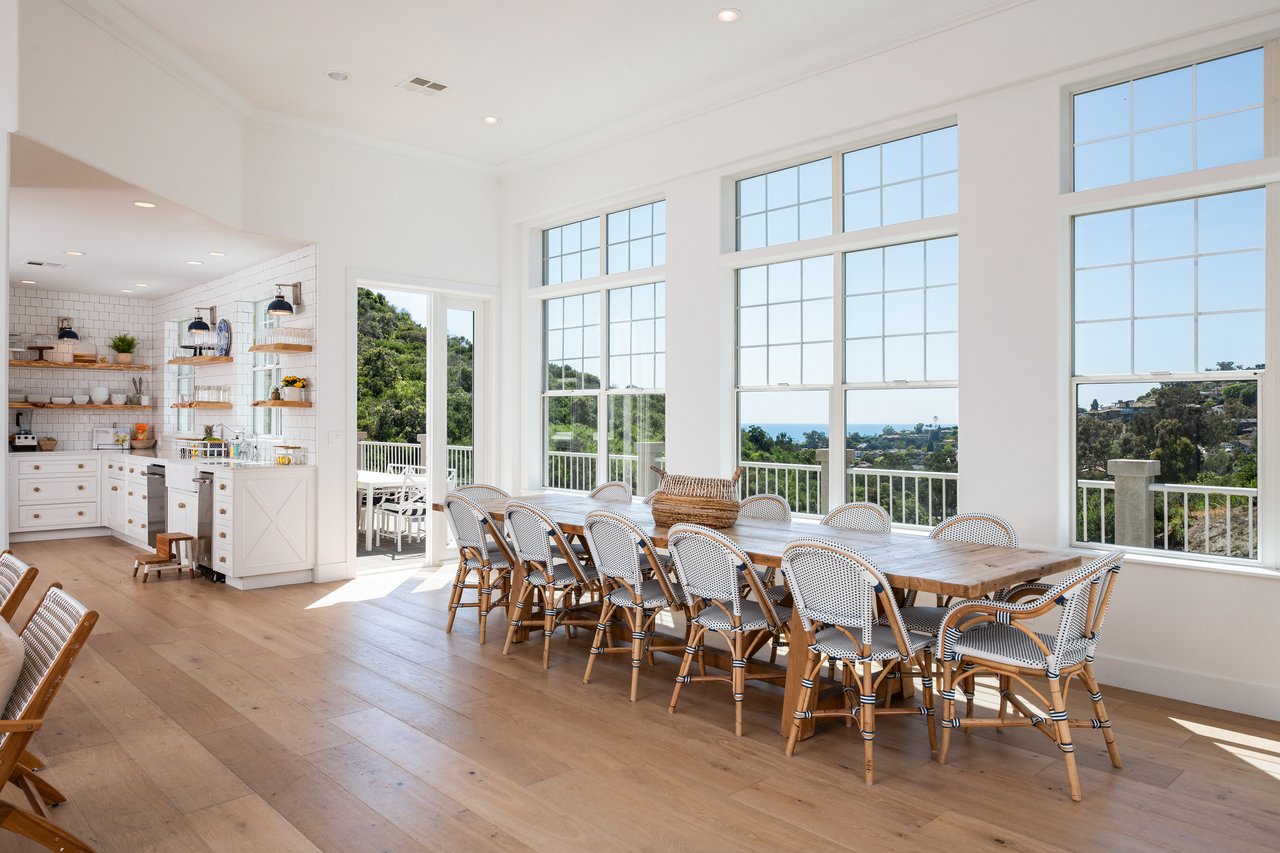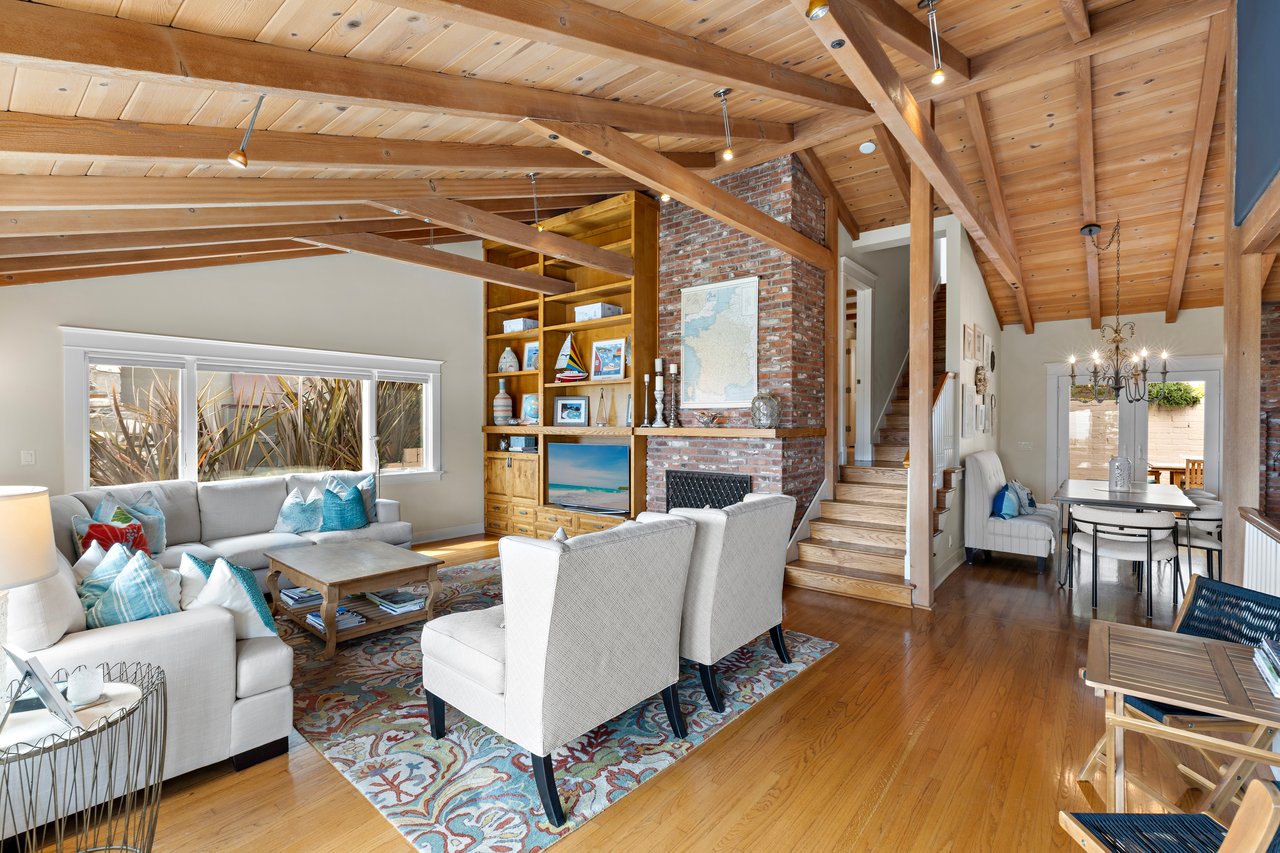Homeowners insurance is an essential safeguard for one of life’s most significant investments — your home. Whether you're a first-time homeowner or an experienced property owner, understanding the scope of this insurance can help you protect your property, belongings, and finances against unexpected events. This comprehensive guide answers the crucial question, “What exactly does homeowners insurance cover?” by breaking down the various types of coverage, common exclusions, and tips to tailor a policy to your needs. With the right knowledge, you can confidently secure your home and ensure peace of mind for the future.
What Is Homeowners Insurance?
Homeowners insurance is a policy designed to protect property owners against unexpected damages, losses, or liabilities. While no one likes to think about disasters or accidents, having insurance ensures financial stability and peace of mind in the face of such events. Most policies combine several types of coverage to protect the home structure, personal belongings, and even the homeowner's liability for accidents on the property.
Standard Coverage Areas of Homeowners Insurance
Homeowners insurance typically covers several essential areas:
Dwelling protection
The first is dwelling protection, which safeguards the physical structure of your home. This includes the walls, roof, floors, and built-in systems or appliances. If your home suffers damage from events like fires, storms, or vandalism, your policy steps in to cover repair or rebuilding costs.
Personal property coverage
Another critical area is personal property coverage, which protects belongings like furniture, electronics, clothing, and other valuables inside the home. Coverage generally applies to damages caused by fires, theft, or other covered incidents. Some policies even extend protection to items lost or damaged outside the home, such as a stolen laptop while traveling. For homeowners with high-value items like jewelry or art, additional riders may be necessary to ensure full coverage.
Liability protection
Liability protection is another key feature. It shields homeowners from financial consequences if someone is injured on the property due to negligence. For example, if a visitor falls on an icy driveway, this coverage helps pay for medical bills or legal fees.
ALE coverage
Lastly, homeowners insurance includes additional living expenses (ALE) coverage. If your home becomes uninhabitable due to a covered peril, ALE helps pay for temporary accommodations, including hotel stays and meals, while repairs are underway.
Common Perils Covered by Homeowners Insurance
Homeowners insurance is designed to protect against a wide range of perils.
Fire
For Laguna Beach homeowners, fire insurance is an essential component of a comprehensive homeowners insurance policy. Given the area’s susceptibility to wildfires due to dry conditions and proximity to natural vegetation, fire insurance provides crucial financial protection in the event of fire-related damage to your property.
Typically included in standard homeowners insurance policies, fire insurance covers the cost of repairing or rebuilding your home, as well as replacing personal belongings damaged or destroyed by fire. Additionally, fire insurance often includes coverage for detached structures like garages or sheds. It may also cover expenses related to temporary living arrangements if your home becomes uninhabitable due to fire damage.
Other common perils
Coverage also extends to windstorms and hail, which are especially important in regions prone to extreme weather. Theft and vandalism are covered as well, ensuring that your home and personal belongings are safeguarded from criminal activity. Additionally, water damage from burst pipes or faulty plumbing is typically included, though flooding is not. Even damage caused by falling objects, such as tree branches, is usually covered under a standard policy.
What Homeowners Insurance Does Not Cover
While homeowners insurance offers broad protection, there are certain exclusions. Flooding, for example, is not covered by standard policies, so homeowners in flood-prone areas must purchase separate flood insurance. Earthquake damage is another exclusion that requires a standalone policy. Wear and tear resulting from poor maintenance or aging systems is also not covered. High-risk items, like pools or trampolines, may require additional riders for full coverage. Understanding these exclusions is essential for avoiding unexpected expenses, and working with an insurance agent can help you address specific risks.
How to Customize Your Homeowners Insurance Policy
Homeowners can tailor their insurance policies to better suit their needs. Adding specific endorsements is one way to enhance coverage. For instance, flood insurance is a must-have for properties near water, while earthquake coverage is essential for homes in areas with tectonic activity. Those with high-value items can purchase valuable personal property riders for extra protection.
Adjusting policy limits and deductibles is another way to customize coverage. A higher deductible often results in lower premiums but requires careful consideration to ensure the amount is manageable in case of a claim. It’s also important to select coverage limits that reflect the replacement cost of your home and belongings accurately.
Many insurers also offer discounts for bundling homeowners insurance with other policies, such as auto or life insurance. This approach not only saves money but also simplifies policy management.
Tips for Choosing the Right Homeowners Insurance
Selecting the right homeowners insurance involves several considerations. Start by assessing your home’s specific risks, such as local weather patterns or crime rates. Ensure your policy covers the full replacement cost of your home at today’s prices, as this will protect against unexpected rebuilding costs. Comparing policies from multiple insurers is another effective strategy for finding the best balance of coverage and premium costs. Additionally, ask about discounts for safety upgrades, such as installing security systems or smoke detectors, to reduce overall costs without compromising protection.
Filing a Homeowners Insurance Claim
If you experience damage or loss, filing a claim is a straightforward process when you follow the necessary steps. First, document the damage with photos or videos to provide clear evidence for your insurer. Contact your insurance company promptly to report the incident and supply detailed information about what occurred. Supporting documentation, such as receipts or appraisals, may be required to validate the claim. Once reported, an adjuster will assess the damage and determine the payout. Maintaining organized records throughout this process can help ensure a smooth claims experience.
Is Homeowners Insurance Worth It?
Homeowners insurance is not just a requirement for most
mortgage lenders; it’s a vital safeguard for protecting one of life’s biggest investments. By understanding the coverage it provides and tailoring it to your specific needs, you can enjoy peace of mind knowing that your home and belongings are protected. If you’ve been wondering, “What exactly does homeowners insurance cover?” the answer lies in its ability to shield you from the financial impact of unexpected events, ensuring stability and security for your family.
Partner with Ballesteros Group for More Real Estate Expertise
Navigating the complexities of homeowners insurance is easier with the right guidance.
The Ballesteros Group is dedicated to helping homeowners make informed decisions about their properties. Whether you’re buying, selling, or seeking advice,
contact Ballesteros Group today to secure your home and future with confidence.
Find The Right Insurance Partner
In these difficult times, having the right partner is important when insuring your home. Our trusted partner in this is Sean Mastro at AD Blue Insurance. Call him at 714-907-3685 or email him at
[email protected] to protect your home today.










